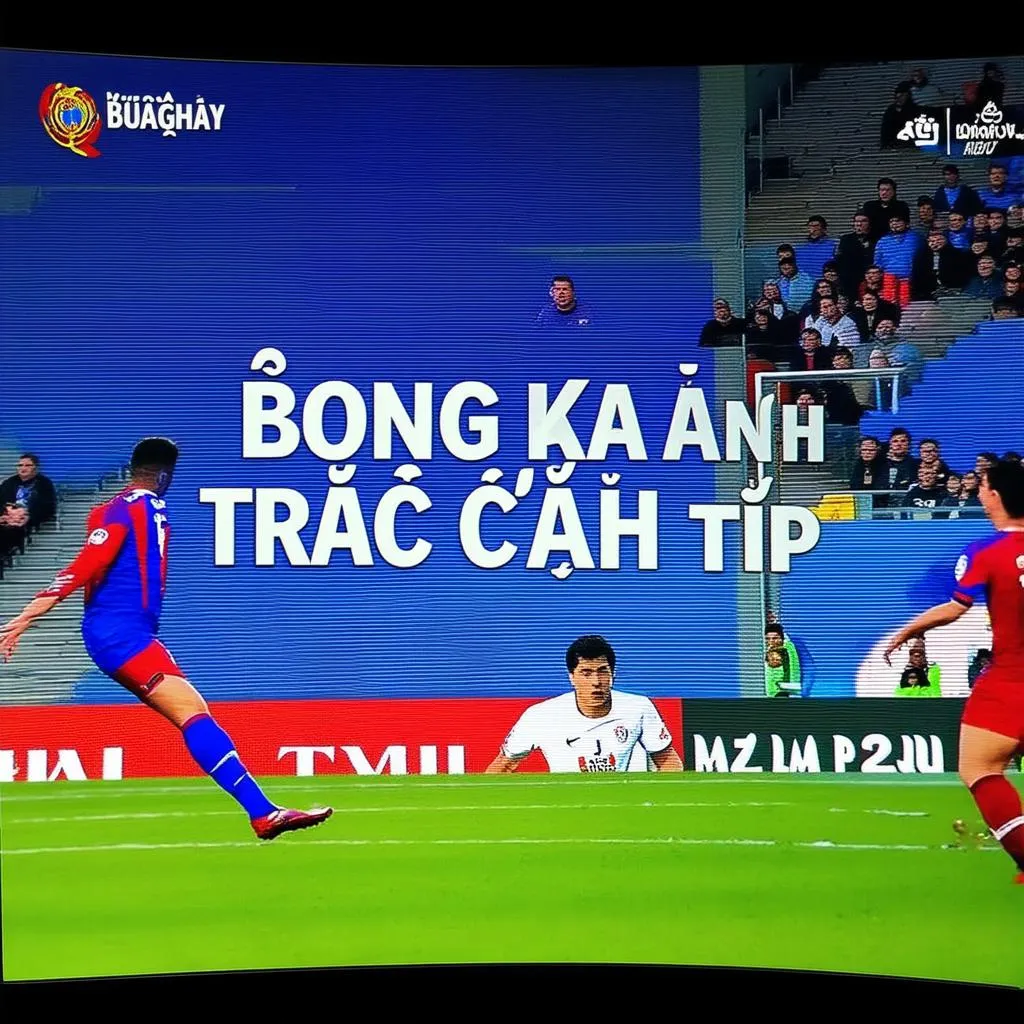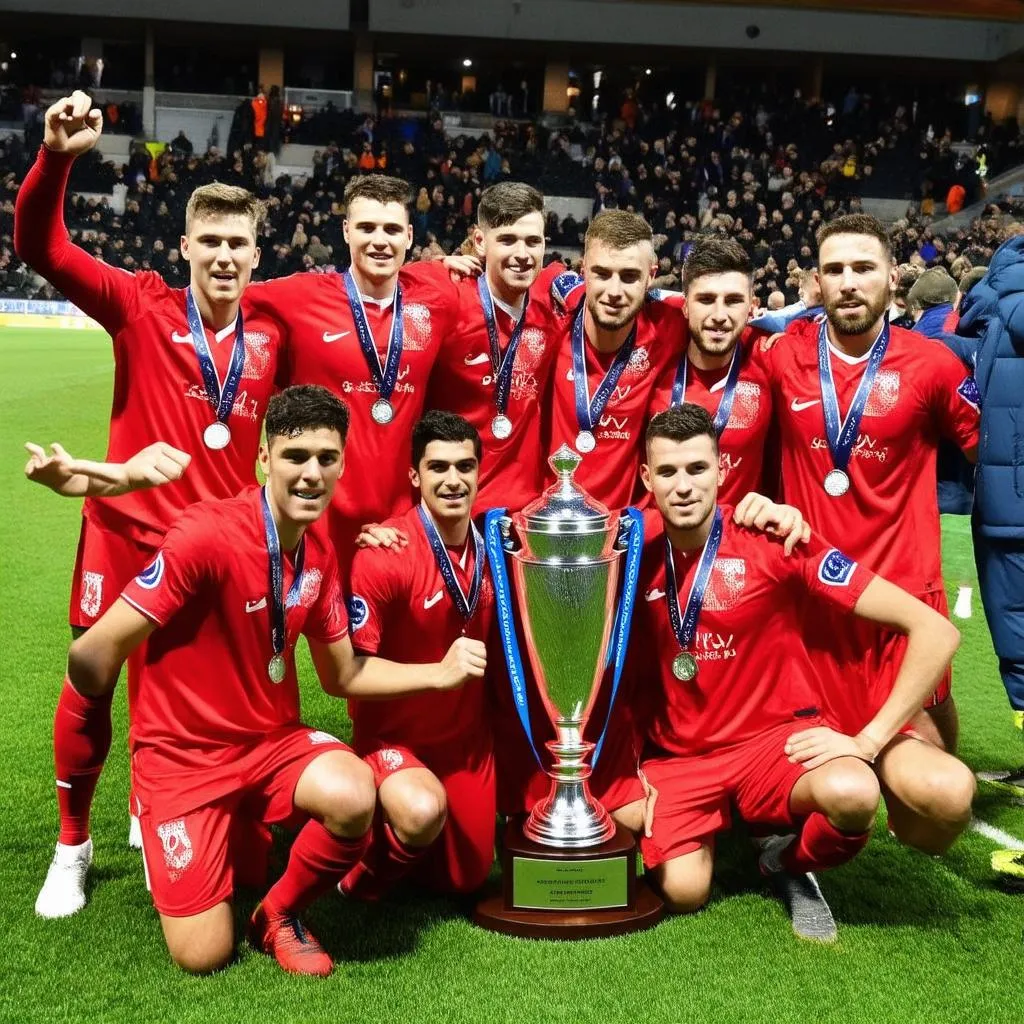Have you ever wondered: “How can I make my team stronger and more successful?”. The answer lies in a transparent and effective performance evaluation and reward system.
What is the Goal of Club Performance Evaluation and Rewards?
The goal of club performance evaluation and rewards is to measure the effectiveness of a team over a specific period. It not only boosts morale and motivates players but also serves as a tool for coaches to develop appropriate strategies and enhance the team’s competitive capabilities.
Why is Club Performance Evaluation and Rewards Important?
1. Ignite the Desire to Win:
Imagine you are a young, passionate player eager to contribute to your team. But without specific goals, you can easily become discouraged and lose motivation. A performance evaluation and reward system acts like a flame, igniting the competitive spirit and helping you focus on the team’s common goals.
2. Evaluate Performance Effectiveness:
Learning from failures is essential, but to learn effectively, you need specific criteria for evaluation. Performance evaluation and rewards serve as a compass, helping coaches and players identify strengths and weaknesses, thereby developing appropriate solutions.
3. Enhance Team Spirit:
As the Vietnamese proverb says: “One tree does not make a mountain, three trees together make a high mountain.” A team is a collection of individuals, each with their own role, but the common goal is victory. A performance evaluation and reward system helps players recognize their role within the team and work together towards common objectives.
Criteria for Club Performance Evaluation and Rewards:
1. Performance Efficiency:
- Number of goals scored: This is the most important criterion, reflecting a player’s attacking ability.
- Number of assists: Players who assist contribute significantly to the team’s success, demonstrating their coordination and support for teammates.
- Number of tackles: For defenders, the number of successful tackles reflects their defensive capabilities and protection of the goal.
- Number of clean sheets: For goalkeepers, this is the most crucial criterion, showcasing their ability to save shots and keep the team’s net clean.
- Number of wins/draws/losses: This statistic helps evaluate the overall team performance and the effectiveness of coaching strategies.
2. Fighting Spirit:
- Determination: Demonstrated through effort, fighting spirit, and never giving up.
- Professionalism: Always maintaining a positive attitude, respecting opponents and referees, and adhering to the rules of the game.
- Teamwork: Shown through support and mutual assistance on the field.
3. Attitude and Style:
- Respect: Always maintaining respect for opponents, referees, teammates, and fans.
- Humility: Not being arrogant, being willing to listen and accept feedback.
- Proactiveness: Constantly striving to train, improve skills, and enhance physical fitness.
Forms of Rewards:
1. Tangible Rewards:
- Bonuses: The most common form, boosting morale and helping players feel secure in their training and performance.
- Gifts: Can be valuable items like phones, motorcycles, or symbolic gifts such as cups and medals.
2. Intangible Rewards:
- Recognition of achievements: Public acknowledgment, awarding certificates of merit or commendations to players with outstanding achievements.
- Souvenirs: Meaningful commemorative gifts that express the team’s appreciation for players’ contributions.
- Promotion opportunities: Players with good performance may be promoted or given greater responsibilities.
What to Note When Implementing a Club Performance Evaluation and Reward System?
1. Transparency and Fairness:
The performance evaluation and reward system needs to be transparent, clear, and fair, avoiding favoritism and ensuring that players with good performance are deservedly recognized.
2. Suitability to the Club’s Specifics:
Each club has its own specifics, so it’s necessary to develop a performance evaluation and reward system that aligns with the club’s goals, playing style, and situation.
3. Regular Review, Evaluation, and Adjustment:
Regularly review and evaluate the effectiveness of the performance evaluation and reward system and adjust it to fit reality, avoiding rigidity and ineffectiveness.
A Story About a Team and its Performance Evaluation and Reward System:
The “Seagulls” team once fell into a crisis, with players’ morale plummeting and performance deteriorating. Head coach Nguyen Van Dung decided to change strategy, introducing a new performance evaluation and reward system based on specific criteria such as: number of goals, assists, tackles, fighting spirit, and professional attitude. This system was made publicly transparent, motivating players to give their all. As a result, the “Seagulls” team bounced back strongly and achieved many successes in the following season.
Advice from an Expert:
Mr. Nguyen Van Dung, head coach of the “Seagulls” team, shared:
“A performance evaluation and reward system is a crucial factor in motivating players and contributing to improving the team’s performance. However, it’s important to note that the reward system needs to be built to suit the specifics of each team, ensuring transparency and fairness.”
Conclusion:
Club performance evaluation and rewards are an effective tool to boost morale and improve the training and competitive performance of a team.
Share your ideas about your own performance evaluation and reward system! Leave a comment below or contact us at 0372980898. We are always ready to assist you!
Note: This article is for informational purposes only. Contact us for more specific advice on building a performance evaluation and reward system for your team!

